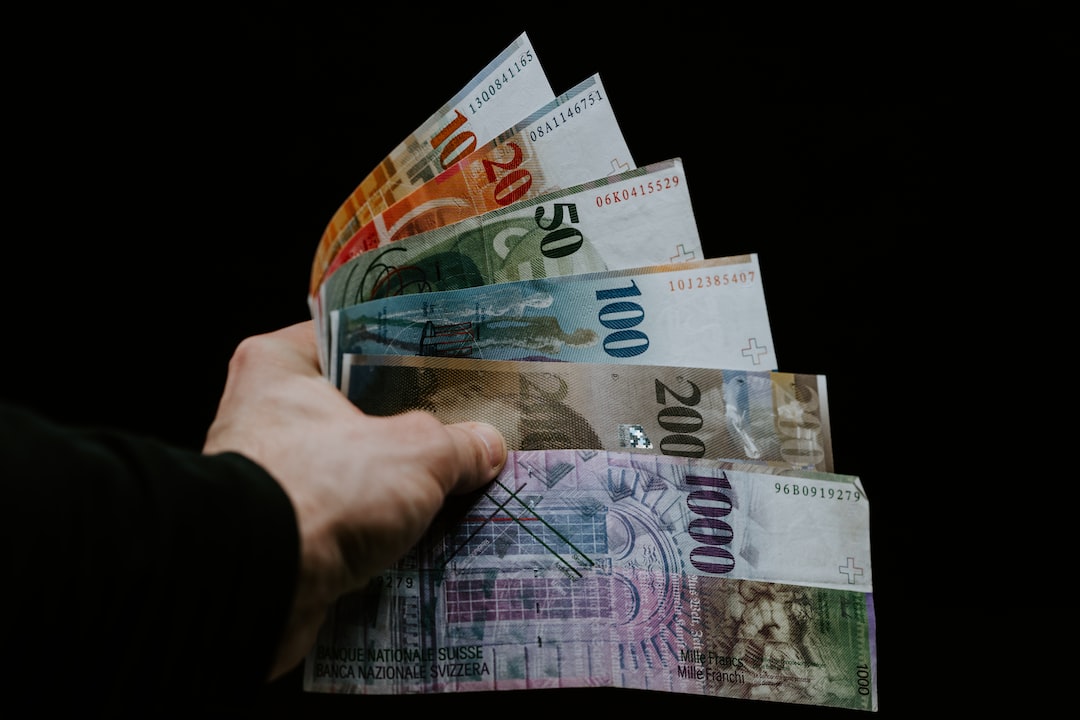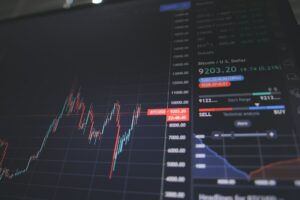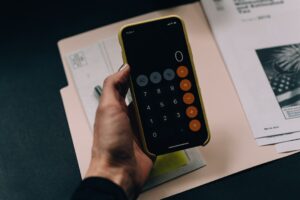Navigating the Forex Trading Sessions: A PDF Handbook for Traders of All Levels
Forex trading is a global market that operates 24 hours a day, five days a week. As a result, traders need to understand the different trading sessions and how they can affect their trading strategies. In this PDF handbook, we will explore the four major Forex trading sessions and provide valuable insights into how traders can navigate them effectively.
1. The Sydney Session:
The Sydney session kicks off the Forex trading week. It starts at 10:00 PM GMT and ends at 7:00 AM GMT. This session is characterized by relatively low liquidity compared to other sessions, as major financial hubs like London and New York are yet to open. Traders can expect to see low volatility during this session, with most currency pairs experiencing narrow price ranges.
For traders based in Asia or those who prefer to trade during quieter times, the Sydney session can provide opportunities. However, it is important to note that low liquidity can also lead to increased spreads, which may impact trading costs. Traders should adjust their strategies accordingly and consider using limit orders to mitigate slippage.
2. The Tokyo Session:
Following the Sydney session is the Tokyo session, which starts at 11:00 PM GMT and ends at 8:00 AM GMT. This session overlaps with the Sydney session for an hour, resulting in increased liquidity. The Tokyo session is known for its focus on the Japanese Yen (JPY) pairs, such as USD/JPY and EUR/JPY.
Volatility in the Tokyo session can vary, depending on economic data releases and news events in Japan and the surrounding regions. Traders should stay updated with any news that might impact the market during this session. Additionally, traders who prefer to trade JPY pairs should consider entering positions during this session to take advantage of the increased liquidity.
3. The London Session:
The London session is widely considered the most important trading session. It starts at 7:00 AM GMT and ends at 4:00 PM GMT. This session overlaps with the end of the Tokyo session, resulting in increased liquidity. The London session is known for its high trading volumes and volatility, making it a favorite among many traders.
During the London session, traders can expect significant price movements, especially during the first few hours of the session when the market reacts to news releases. Currency pairs involving the British Pound (GBP), Euro (EUR), and Swiss Franc (CHF) tend to be the most active during this session. Traders should be aware of the increased volatility and adjust their risk management strategies accordingly.
4. The New York Session:
The New York session is the final major Forex trading session and starts at 12:00 PM GMT and ends at 9:00 PM GMT. This session overlaps with the end of the London session for a few hours, resulting in high liquidity. The New York session is known for its involvement in about 20% of the total daily Forex trading volume.
Traders can expect significant price movements during the New York session, especially during the overlap with the London session. Currency pairs involving the US Dollar (USD) tend to be the most active during this session. Economic data releases and news events from the United States can greatly impact the market, and traders should be cautious during these times.
In conclusion, understanding the different Forex trading sessions is vital for traders of all levels. Each session has its unique characteristics, including liquidity, volatility, and major currency pair involvement. By being aware of these factors, traders can adjust their strategies accordingly and take advantage of the various trading opportunities presented during each session.





